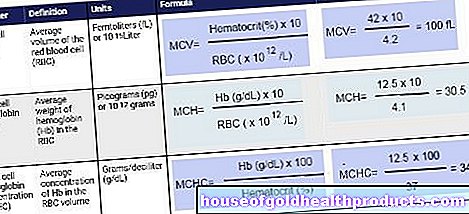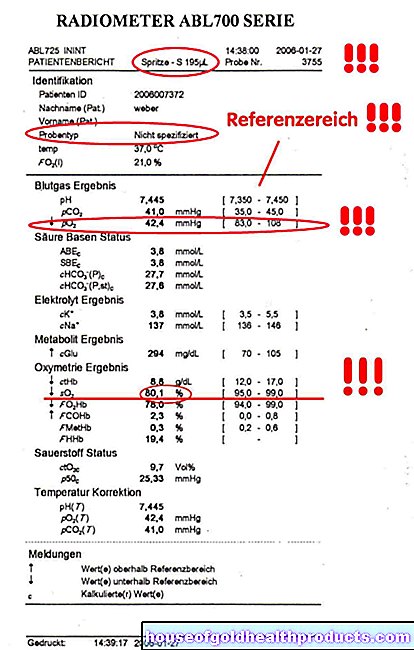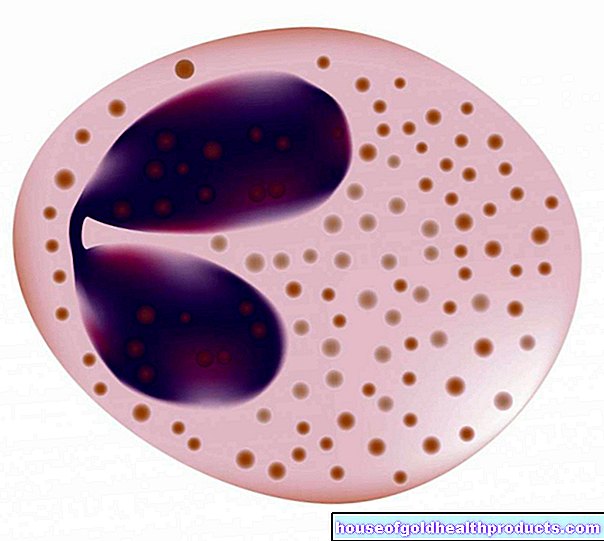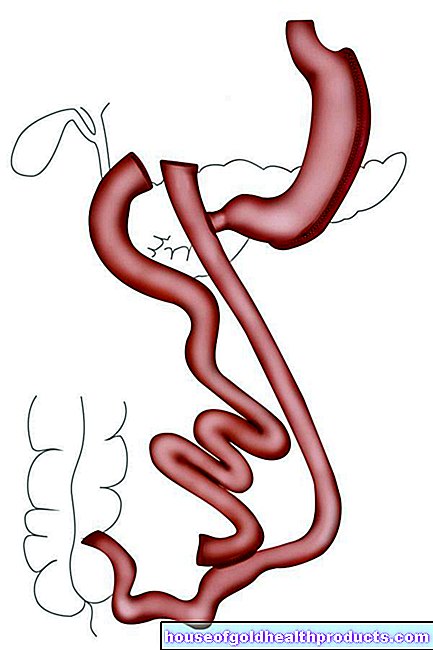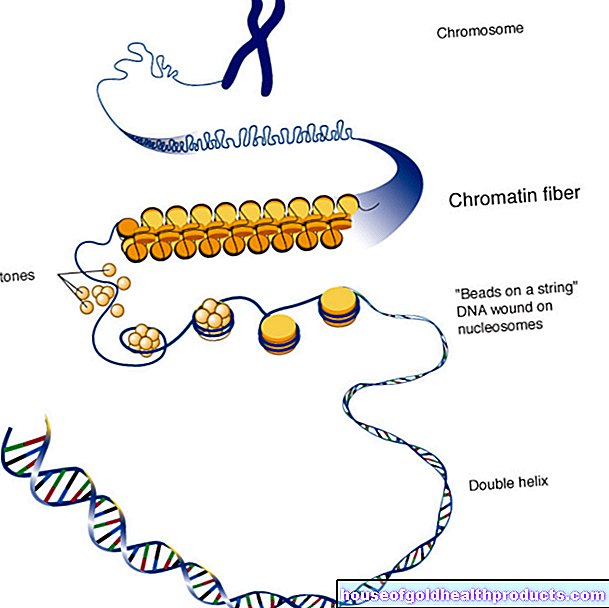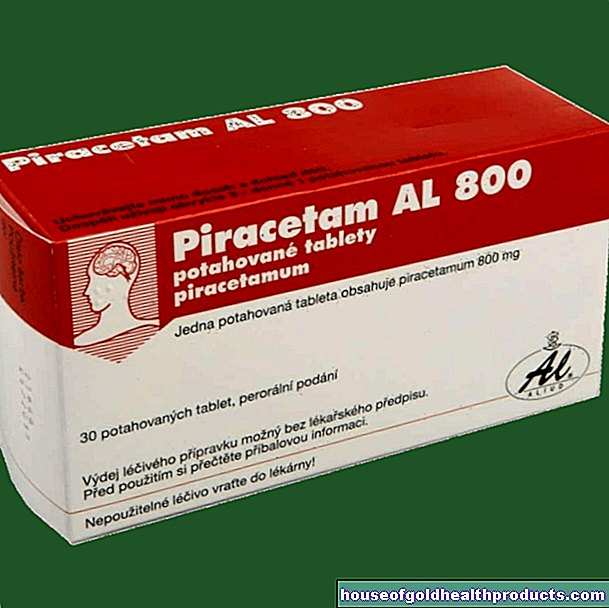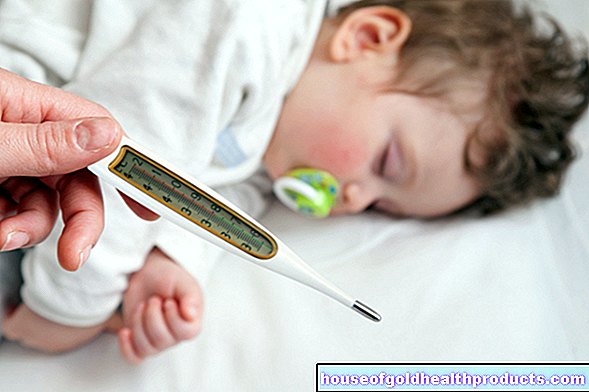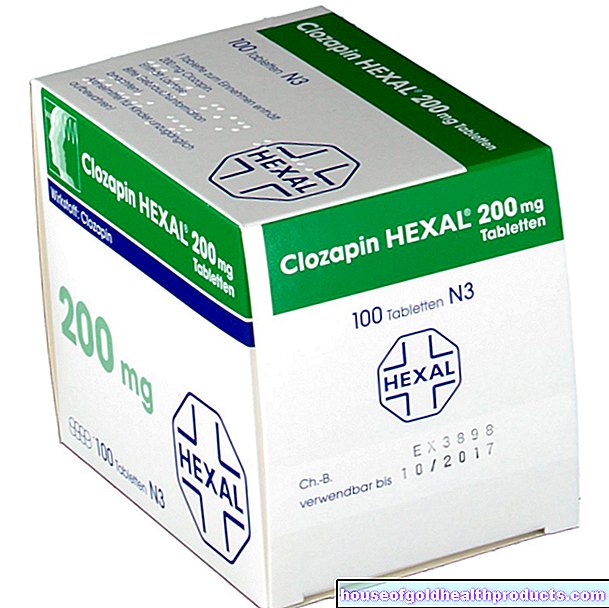Bezafibrate
Benjamin Clanner-Engelshofen is a freelance writer in the medical department. He studied biochemistry and pharmacy in Munich and Cambridge / Boston (USA) and noticed early on that he particularly enjoyed the interface between medicine and science. That is why he went on to study human medicine.
More about the experts All content is checked by medical journalists.The active ingredient bezafibrate is used to lower elevated blood lipid levels. It belongs to the class of fibrates. This class of active ingredients has been known and tested for a long time. Nevertheless, it is increasingly being replaced by statins because, unlike fibrates, these also have a life-prolonging effect. Here you can read everything you need to know about the effects and use of bezafibrate, side effects and interactions.
This is how bezafibrate works
The blood contains so-called lipoproteins, which are required for the transport of fat-soluble substances in the watery blood. Fat-soluble substances include fats (triglycerides), cholesterol (an important component of cell membranes and a precursor of some hormones and bile acids) and vitamins A, D, E and K.
There are different groups of lipoproteins. The best known are LDL (“low density lipoprotein”) and HDL (“high density lipoprotein”). LDL transports cholesterol and other fat-soluble substances from the liver to other tissues, while HDL transports it in the opposite direction. High LDL cholesterol values can therefore promote arteriosclerosis, ie the "deposit" of fats in the blood vessels. This is why LDL cholesterol is also called “bad” cholesterol. Conversely, elevated HDL cholesterol levels are beneficial because HDL transports excess cholesterol from the tissues back to the liver, where it can be converted into other substances.
If the blood lipid level is too high, a doctor will first recommend a balanced, low-calorie diet, weight loss (if you are overweight) and physical activity. If these measures cannot (sufficiently) reduce the elevated blood lipid levels, lipid-lowering drugs such as bezafibrate are prescribed.
Bezafibrate and other fibrates activate certain docking sites for the body's own messenger substances in the liver cells, the peroxisome proliferator-activated receptors (PPAR). This is the signal for the liver cells to take up more LDL from the blood and to produce a little more HDL. As a result, the LDL value decreases in the long term and the HDL value increases. Fibrates have also been shown to have a positive effect on diabetes, coagulation disorders and inflammation.
Uptake, degradation and excretion of bezafibrate
After ingestion, the active ingredient passes through the intestines into the blood, where it reaches its highest level after one to two hours. Bezafibrate is partially broken down at its site of action, the liver, and excreted in the urine via the kidneys. When taking bezafibrate tablets with delayed release of active ingredients (prolonged release tablets), the blood levels halve after about two to four hours.
When is bezafibrate used?
The active ingredient bezafibrate is used to treat significantly increased blood lipid levels - but only as a support for other measures (diet, exercise, weight reduction).It is particularly used when statins such as atorvastatin or simvastatin are not tolerated.
Treatment with bezafibrate can be long-term if dietary and other non-drug measures do not lead to an improvement in blood lipid levels.
This is how bezafibrate is used
The blood lipid lowering drug bezafibrate is taken in the form of tablets with a glass of water. The usual dosage is 200 milligrams of bezafibrate three times a day. There are also prolonged-release tablets, i.e. tablets that release the active ingredient in a delayed manner. They are taken once a day (morning or evening) (dosage: 400 milligrams bezafibrate).
The tablets should be taken before or after a meal. In patients with a sensitive stomach, treatment should be started with a low starting dose, which is then gradually increased. If the therapy works well, the dosage can be reduced.
What are the side effects of bezafibrate?
The most common increase in blood creatinine levels occurs during treatment with bezafibrate. An excessive increase in this value can indicate that the kidneys are no longer working sufficiently well.
Occasionally, while taking bezafibrate, side effects such as hypersensitivity reactions, loss of appetite, headache, dizziness, bloating, nausea, congestion of the bile, itching, sensitivity of the skin to light, skin bleeding, muscle weakness, pain and cramps and an increase in certain blood enzyme levels are observed. Muscle pain and allergic reactions in particular should be discussed with the attending physician.
What should be considered when taking bezafibrate?
Fibrates such as bezafibrate should not be combined with statins. Both groups of active ingredients can seriously damage the striated muscles and cause them to break down. In combination, the risk of this side effect increases.
The cholesterol-lowering drug colestyramine inhibits the absorption of bezafibrate in the intestine. The two active ingredients should therefore be taken at least two hours apart.
If bezafibrate is combined with anticoagulants of the coumarin type (phenprocoumon, warfarin), the coagulation value should be checked closely at the beginning. In consultation with the doctor, the dose of the anticoagulant is usually also reduced, as bezafibrate increases the coagulation effect.
The effect of blood sugar-lowering drugs (such as sulfonylureas, insulin) in diabetics is increased by bezafibrate. The doctor may have to adjust the diabetes therapy.
Pregnant and breastfeeding women should not take Bezafibrta because there is limited data on this. The same applies to children and young people under the age of 18.
Patients with liver disease (with the exception of fatty liver) must also not be treated with bezafibrate.
How to get bezafibrate medication
Medicines with the active ingredient bezafibrate require pharmacy and prescription in Germany. So you need a doctor's prescription for such preparations.
Since when has bezafibrate been known?
Fibrates have been known for over 80 years, even if their mode of action could only be deciphered in the 1990s. Bezafibrate was approved as a drug in Germany in 1977 at the request of the pharmaceutical company Boehringer Ingelheim. Since the introduction of statins with fewer side effects in 1987, the use of preparations with the active ingredient bezafibrate has steadily declined.
Tags: skin care medicinal herbal home remedies teeth